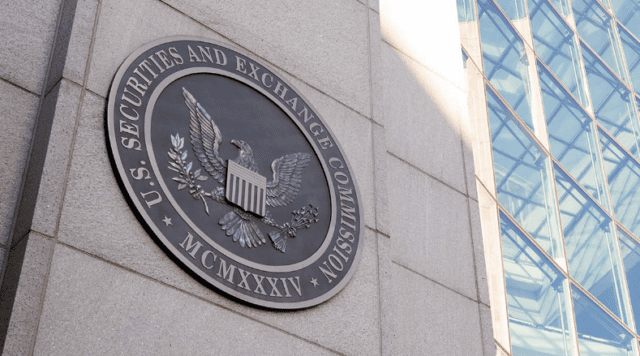Thought leaders in U.S. financial system have debated for years whether it’s time to retire pennies, nickels, and dimes from the currency system.
Proponents of keeping this loose change cite economic fairness, while opponents highlight the government’s financial losses from minting the low-value coins. From both perspectives, usage is a primary consideration in mothballing or maintaining this loose change.
Jay L. Zagorsky, Associate Professor of Markets, Public Policy and Law, Boston University, weighed both sides in The Conversation.
Lost and Found Data: TSA Reveals Surprising Insights on Coin Usage
An unexpected source of usage data is the Transportation Security Administration (TSA). Its insights on small change are inferred from analysis of money left behind at airport checkpoints, a data point that the agency reports annually to Congress.
In 2023, for example, air travelers left almost $1 million in small change at TSA checkpoints, nearly double the amount left behind in 2012. This seems to indicate an increase in coin usage, but the situation is more nuanced.
Why Coins Get Left Behind at TSA Checkpoints
More than two million people fly daily in the U.S., and TSA checkpoints see items like wallets, phones, keys, and coins placed in bins or carry-on bags.
TSA: Millions in Lost Items Annually
According to TSA estimates, air travelers leave 90,000–100,000 items behind each month. Expensive items go to TSA’s lost-and-found department. But coins and paper bills are collected, cataloged, and deposited into a special account for security operations.
Over the past 12 years, nearly $10 million in change has been collected this way.
The amount of money left behind varies by airport, with JFK International in New York City and Harry Reid International in Las Vegas consistently high on the list. Factors contributing to money left behind include rushed travelers, long TSA lines, and the confusing, noisy environment of checkpoints.
Tracking Trends in Coin Usage
The TSA meticulously tracks money left behind because the agency retains any unclaimed funds. Records show a rise from half a million dollars left in 2012 to nearly a million in 2018, dropping again during the COVID-19 pandemic, and nearing a million again in 2023. However, to understand trends accurately, these figures must be adjusted for inflation and the number of travelers screened.
From 2012 to 2023, the consumer price index increased by 33%, meaning a dollar’s purchasing power decreased. Additionally, the number of people screened rose from 638 million in 2012 to 859 million in 2023. Adjusting for both inflation and traveler numbers reveals that the amount of money lost per 1,000 people remained constant, with $1.10 lost per 1,000 in 2012 and $1.11 in 2023. The peak year was 2020, with $1.80 lost per 1,000 people, likely due to COVID-19-related hygiene concerns.
TSA Data Spurs Debate on Relevance of the Future of Coins
Despite the shift towards electronic payments, TSA data shows that people are carrying coins at the same rate as in 2012. This implies that Americans still use physical money for small payments, suggesting that eliminating pennies, nickels, and dimes might be premature.
“The data from TSA checkpoints clearly shows people are carrying coins at roughly the same rate as back in 2012,” says Bryan Keogh, Senior Editor, Economy + Business. This indicates that “the drive to get rid of pennies, nickels, and dimes should hold off a while longer.”
In conclusion, while the coin debate continues, TSA data provides a valuable perspective on the ongoing relevance of small-value coins in everyday transactions.


















